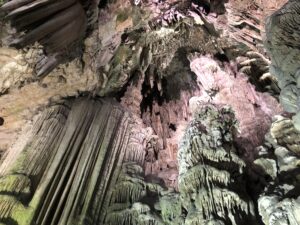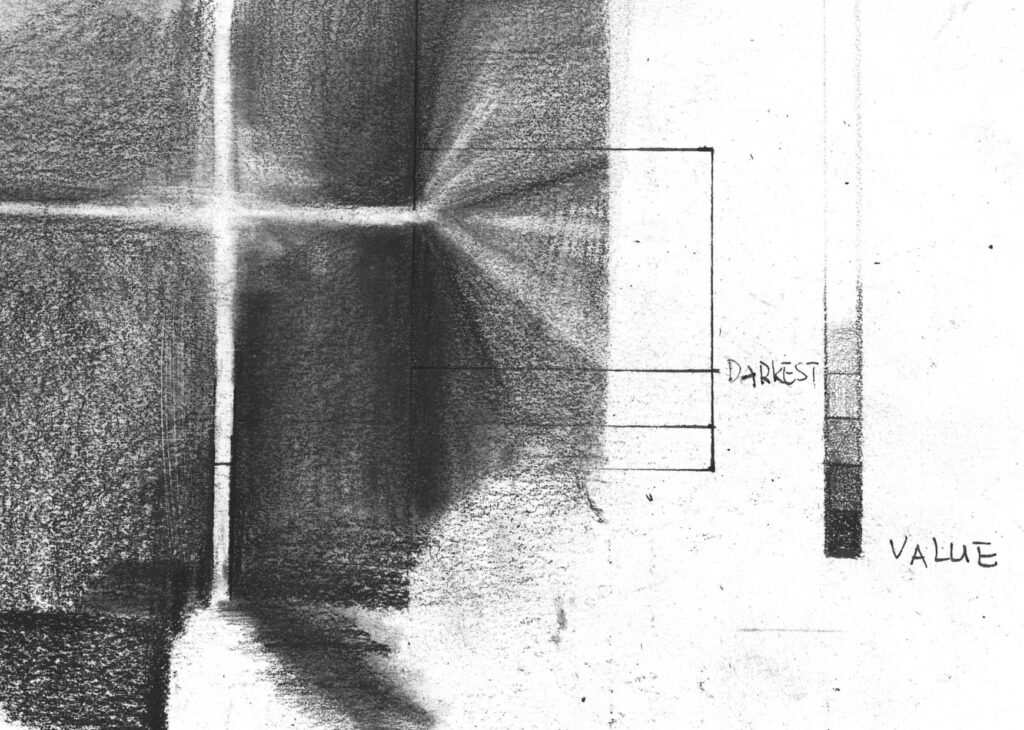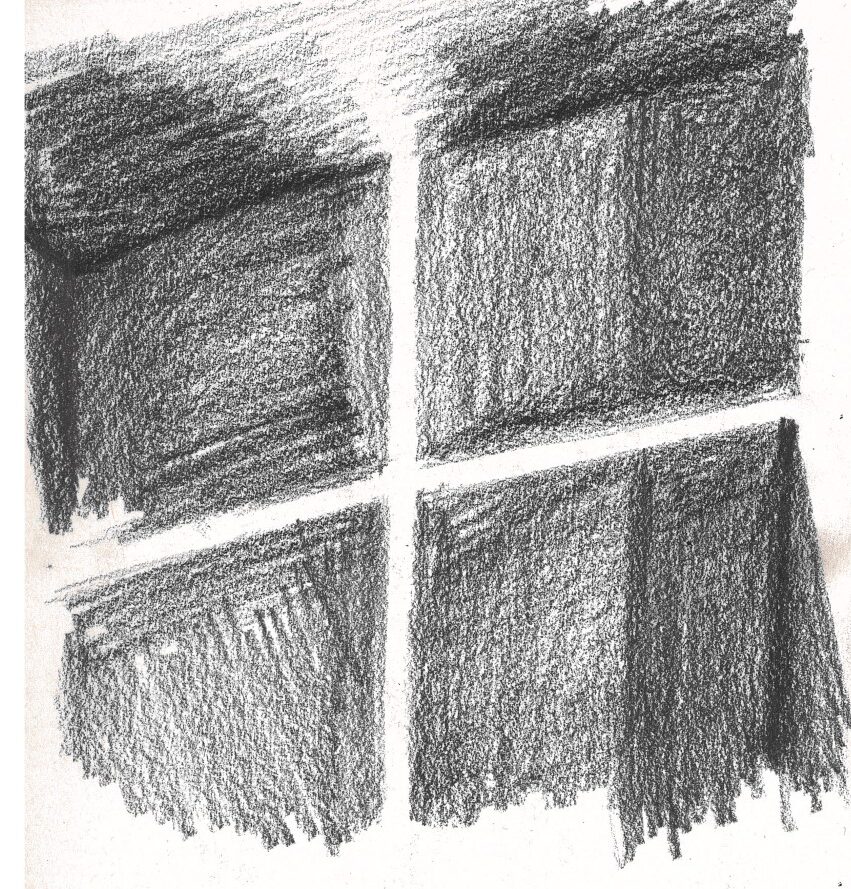This week, we had a short introduction to lighting, and acknowledge the 10 theories of lighting design. These 10 theories are more like 10 instructions of what to do and not do when we design lighting in space.
①Do not harm
- Our eyes were built to use light, not look at it.
- Visual effects of lighting can be physical: glare can affect our eyes and cause pain.
②Be aware of the non-visual effects of light
- Light can affect:
sleep, alertness, mood, brain activity, cognitive performance, pulse rate, blood pressure, growth, reproductive hormones, etc.
- Neurogenesis :
Neurons are all affected by our exposure to light. We need to consider the medical implications and design with evidence.
③Consider different eye conditions
- People’s eye conditions can be very different. Think about who is going to be the user before starting to design.
- For example, compare with younger people, older people generally have problems with the yellowing lens, reduced colour vision, and reduced light absorption, so they need more light. Be considerate about different eyes when designing the lighting strategy, think about your tribe.
④Don’t pollute with light
- Be careful about the dark sky area.
- Light creates a haze, it prevents us from seeing the natural night sky.
- Light trespass is when light trespasses/invades the someone/thing’s space – street lights for example are the main contributor
- Further reading suggestion: The end of night by Paul Bodgard:http://www.paul-bogard.com/books/the-end-of-night-paul-bogard
⑤Always consider what you are lighting and why
When design lighting in a space, think about:
- Is it necessary?
- What is the purpose or intention?
- Lighting effect on people
- Lighting effect on the other surfaces besides the space
⑥Use lighting control
- We can light things at different levels and layers
⑦Aspire to human-centric lighting design
- Related website: thedaylightsite.com
- Example: People in hospitals recover faster when there is enough daylight.
⑧Design with daylight
- Think about the colour of the light.
- The coolest daylight is in the middle of the day and the Kelvin value of daylight come from different directions is not the same.
⑨Blue light
⑩Think about art, create new lighting possibilities.
Saint Michael’s Cave in Gibraltar
Captured during the light show inside the cave.

St Michael’s Cave is a limestone cave with an enormous space inside. There is no natural light reflected inside the cave. I took this picture during the light show named Awakening. The spotlight used in the show were adjusted to different angles and lightings appeared alternately one after another. The immersive light and sound installation expressing the irregularly natural shaped rock with various layers explain the theme of” Awakening” very well. When I stand in the middle of the show space, I felt a similar sense of sacredness as in a huge cathedral.
During the show, the light was moving like waves, raindrops and other natural water elements that help to shape the limestone. It is very interesting to see how light and sound, these artificial techniques, work together to create an image of natural elements in our heads.
Also, as there is no natural light inside, we can’t see anything if there’s no light spreading on it, these natural irregular stones can be shaped easily through lighting. During the show, the light was focused only on a small part of the cave, then started spreading with different colours and layers, which gave me a feeling of “I’m observing this space myself with my eyes”.
Tonal Drawing Practice: Church of the light

More:The Church of the Light(光の教会)-Tadao Ando安藤忠雄



Leave a Reply